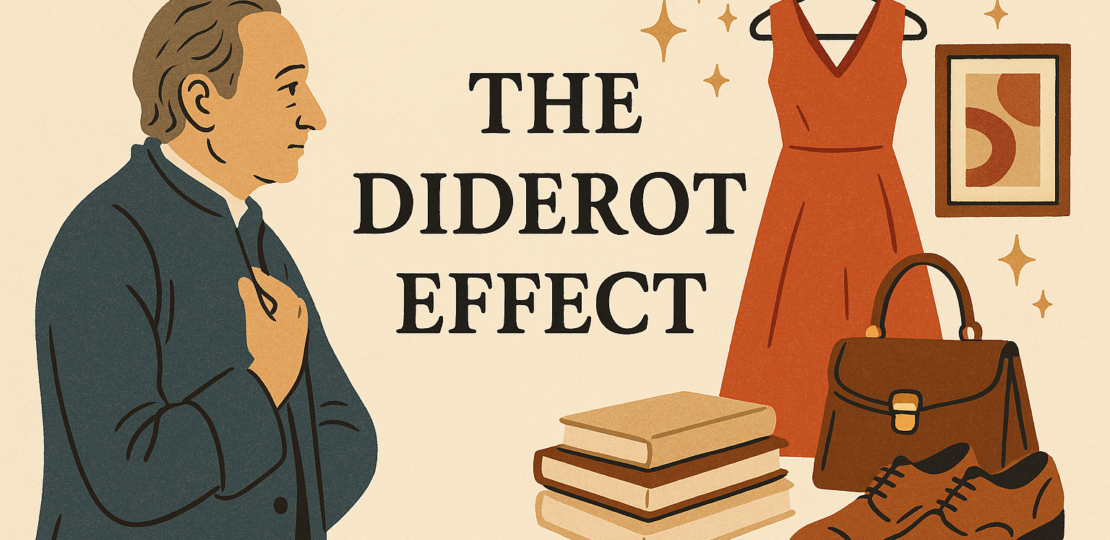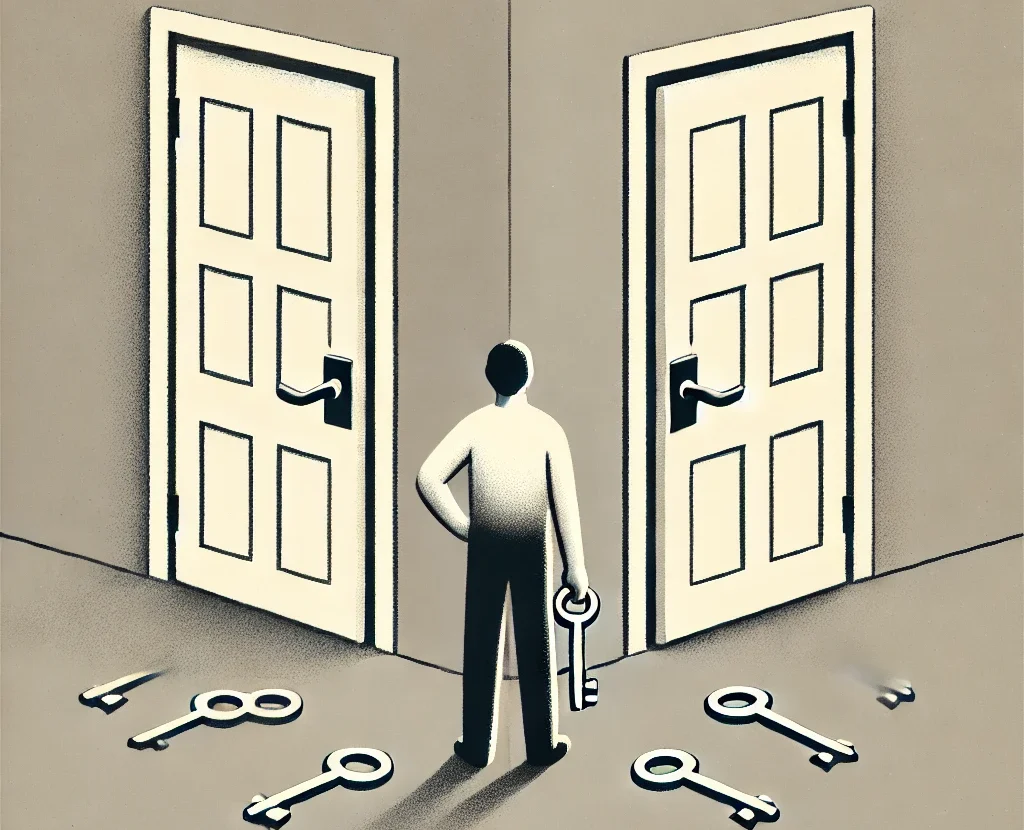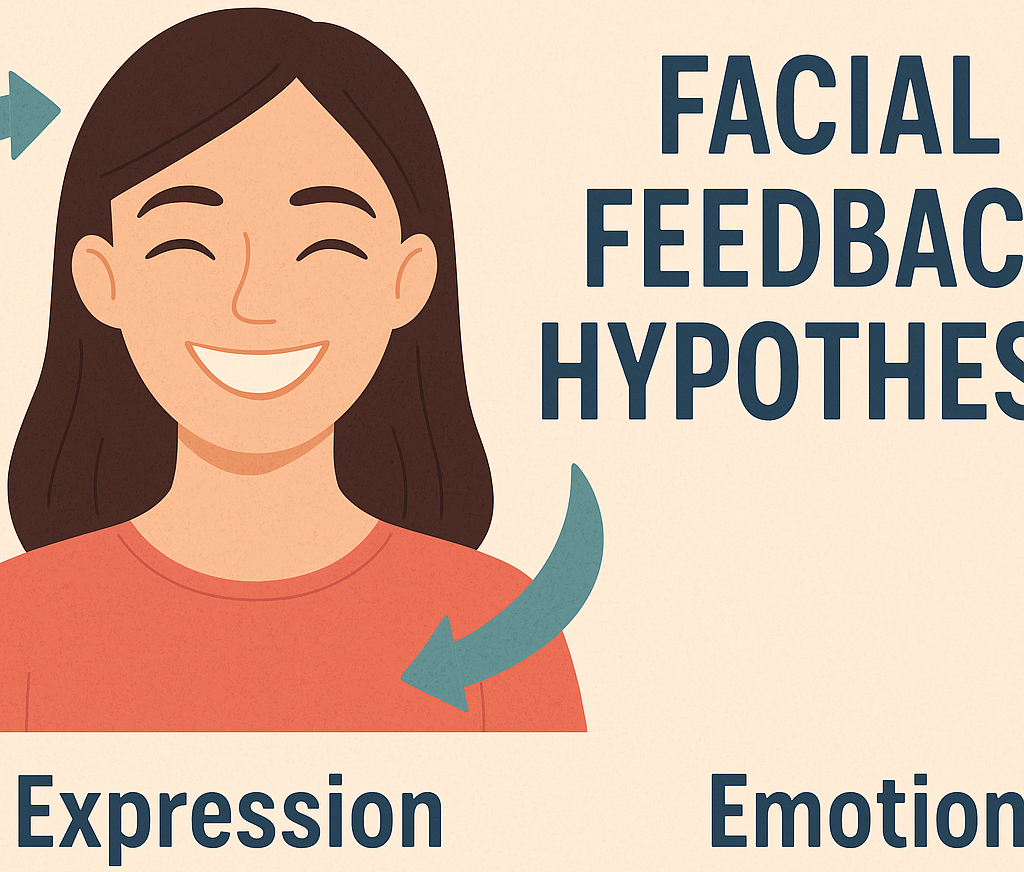
Have you ever bought one new item — say, a fancy chair — and suddenly felt like your whole room needed an upgrade? That’s not just your imagination. It’s a real psychological phenomenon called the Diderot Effect. It describes how one new purchase can trigger a chain of other, often unnecessary purchases, all in the name of maintaining a sense of harmony or style.
The term comes from the 18th-century French philosopher Denis Diderot, who famously wrote an essay titled “Regrets on Parting with My Old Dressing Gown.” In it, he explains how he received a luxurious new robe as a gift, which made the rest of his belongings feel shabby by comparison. To match the elegance of the robe, he began replacing his furniture, art, and decor — spending money he didn’t plan to. Sociologists and consumer behavior researchers have since used this story to illustrate a common trap in modern consumerism: we often buy things not out of need, but to make our lives feel more “cohesive” after a single upgrade.
This effect shows up everywhere. You get a new phone — now you want a better phone case, nicer headphones, maybe a smartwatch to match. Buy a new sofa? Suddenly your rug, curtains, and coffee table feel outdated. The Diderot Effect isn’t just about spending — it’s about how new things change our perception of the old, and how we often chase an imagined lifestyle rather than actual utility.
Being aware of the Diderot Effect can help us spend more intentionally. It reminds us that buying one thing doesn’t have to lead to five more — especially if the older items are still serving us just fine. In a world constantly nudging us toward upgrades, this little piece of philosophy is surprisingly modern — and surprisingly useful.
RELATED POSTS
View all


